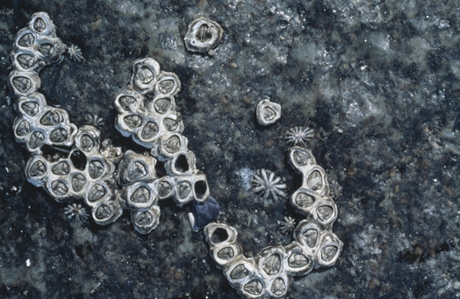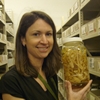General Description
Four grey side plates. Each animal is joined closely to its neighbour in a honeycomb-like fashion. Up to 2 cm high, 5 mm wide.
Biology
Honeycomb Barnacles are the most common of about a dozen acorn barnacle species in Victoria. They live in dense masses, so close together that the shells of neighbouring animals fuse together.
Habitat
Exposed rocky shores, at mid to upper tidal levels.
Reefs
Coastal shores
Distribution guide
South-eastern Australia.
Species Group
Depth
Shore (0-1 m)
Shallow (1-30 m)
Water Column
Max Size
2 cm
Diet
Plankton or Particles
Commercial Species
No
Global Dispersal
Native to Australia
Identify
Conservation Status
- DSE Advisory List : Not listed
- EPBC Act 1999 : Not listed
- IUCN Red List : Not listed






